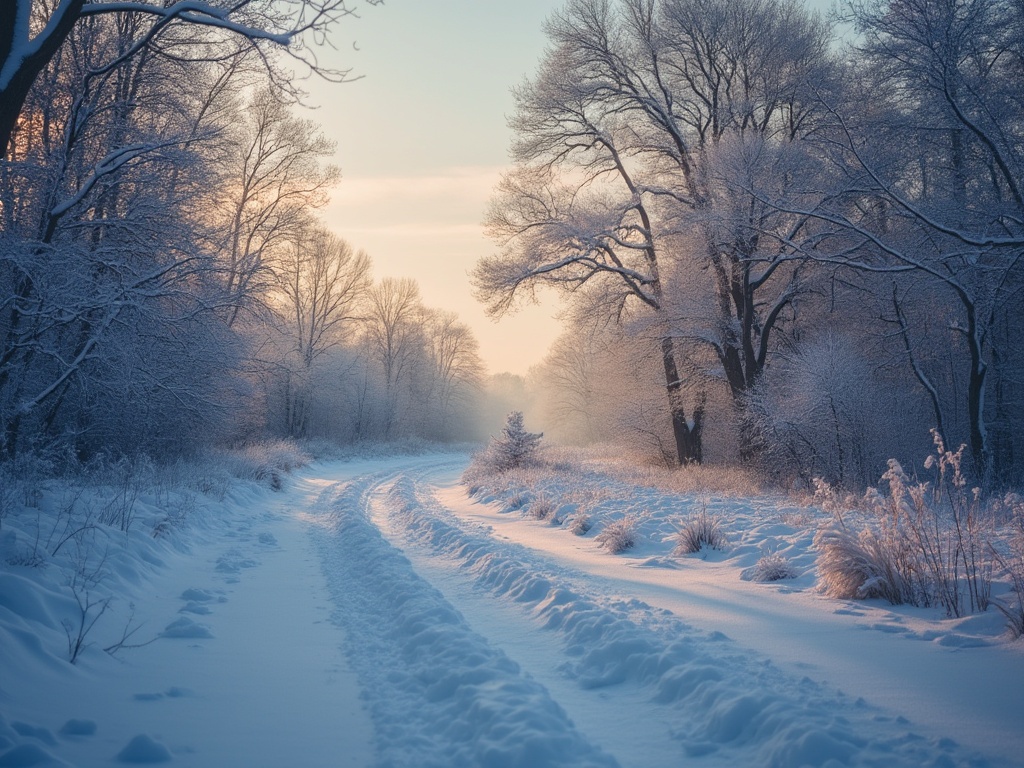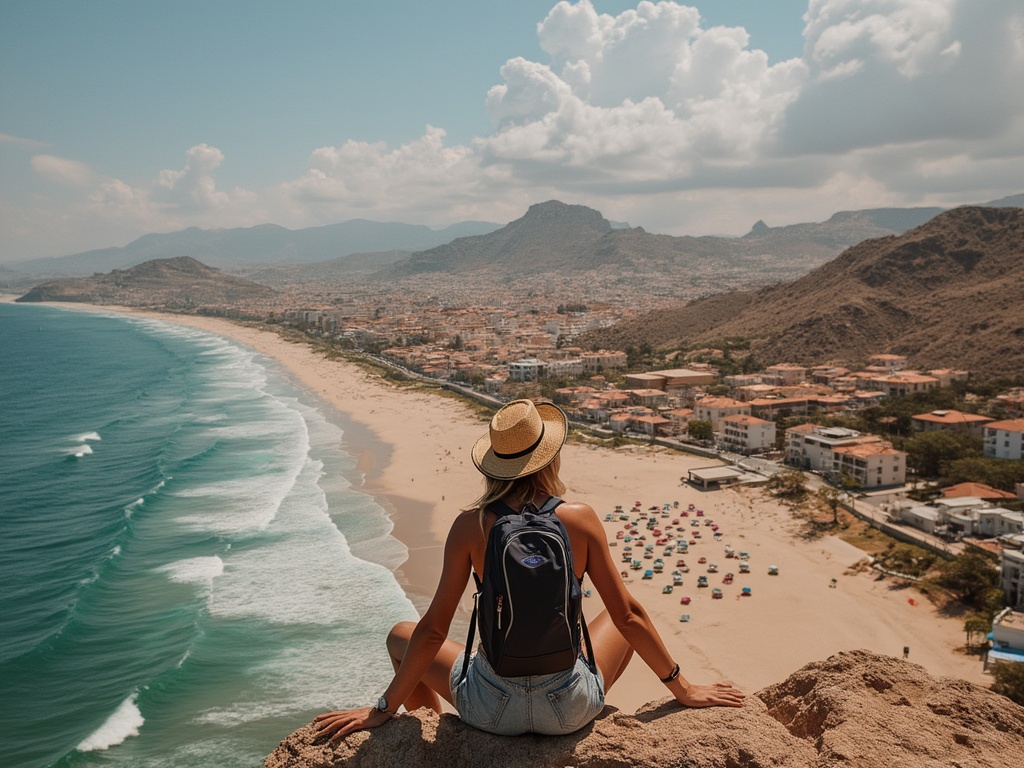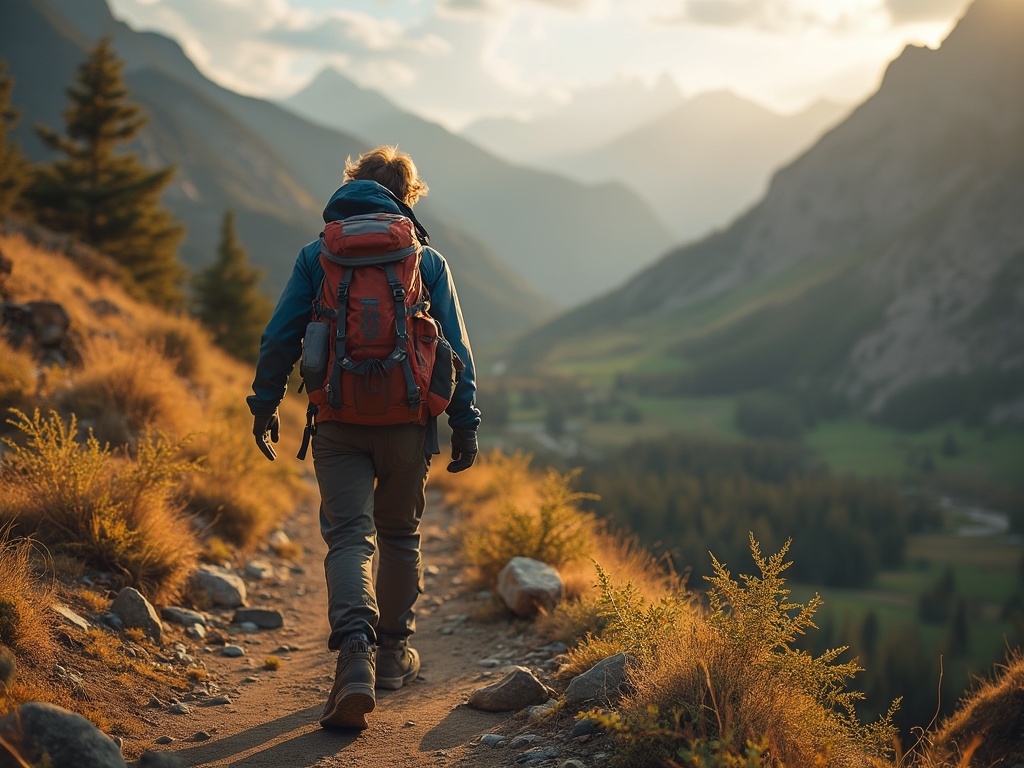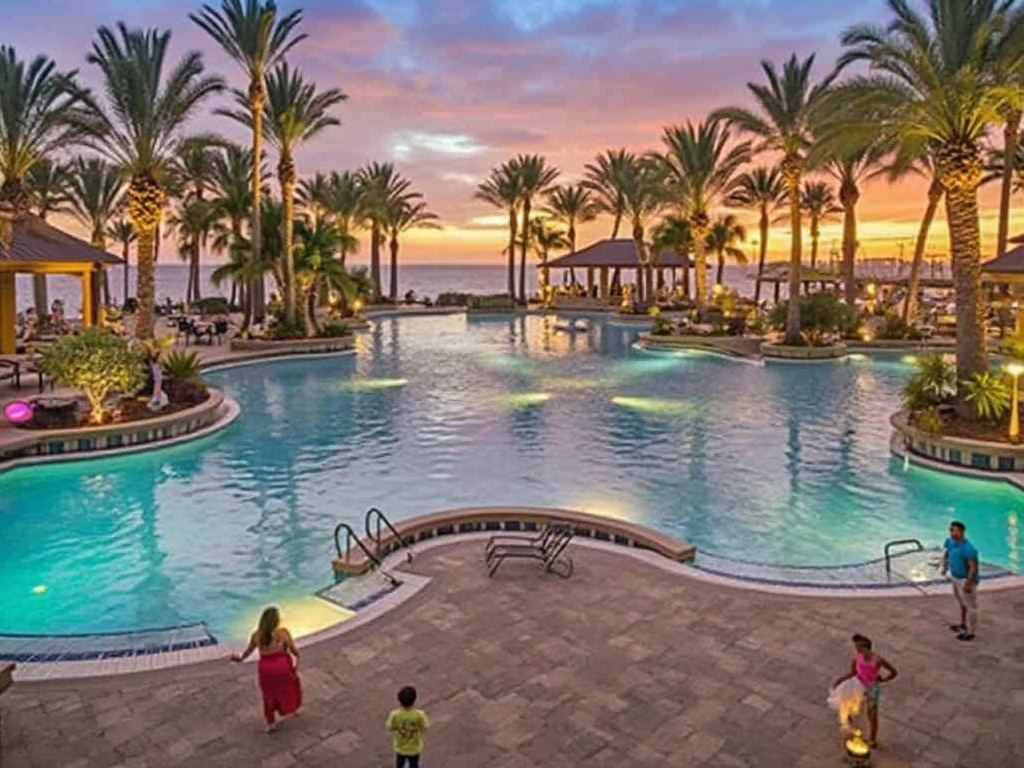Snow-filled scenes offer photographers extraordinary opportunities, but they demand specific skills and preparation to capture their beauty effectively. Proper exposure settings, equipment care, and creative techniques help create stunning winter images while protecting valuable gear from harsh conditions.
Key Takeaways:
- Adjust your exposure down by -1 to -2 EV to prevent the bright snow from tricking your camera's meter, ensuring properly exposed subjects
- Store spare batteries in inner pockets close to your body warmth, since cold temperatures drain power quickly
- Select manual focus for snowy scenes – this prevents focus issues and lets you pinpoint exactly where you want sharpness
- Protect your equipment from condensation by placing it in sealed plastic bags with silica gel packets when moving between cold and warm environments
- Keep your post-processing light – limit clarity adjustments to under 25% to maintain realistic snow textures and prevent an artificial look
Optimal Camera Settings for Snowy Conditions
Essential Manual Mode Adjustments
Snow creates unique exposure challenges that demand specific camera settings. I recommend dialing in -1 to -2 EV compensation to prevent the bright snow from fooling your camera's meter and causing underexposed subjects.
Here are my tried-and-tested settings for various winter scenarios:
- Fast action: Set 1/500 sec or faster to freeze falling snowflakes
- Dreamy effects: Drop to 1/60 sec or slower to create motion blur in snowfall
- White balance: Choose Incandescent for warmer tones or Cloudy for cooler atmospheres
- Histogram: Push exposure right while maintaining highlight detail
These settings serve as starting points – you'll need to fine-tune based on your specific conditions and creative vision. I find bracketing exposures particularly valuable in tricky lighting situations, ensuring I capture the perfect balance between snow detail and subject exposure.

Essential Winter Photography Gear and Protection
Cold Weather Photography Equipment
Cold temperatures drain camera batteries faster than normal, so I always pack three fully-charged spares kept close to my body for warmth. Hand warmers tucked into your camera bag can extend battery life significantly while shooting.
Your hands need special attention too. I recommend investing in photography-specific gloves with fold-back fingertips – they'll let you operate camera controls while keeping your hands protected.
Here's what else you'll need for winter shooting success:
- Foam padding or neoprene wraps for tripod legs to protect your hands from freezing metal
- A lens hood to shield against snowfall and minimize glare
- A circular polarizing filter to manage reflections from snow and ice
- Sealable plastic bags to protect gear when moving between temperature extremes
These essentials will keep both you and your equipment performing optimally in challenging winter conditions.

Advanced Composition Techniques for Winter Scenes
Manual Focus Mastery in Snow
Snowy conditions can trick your camera's autofocus system, causing it to hunt and miss critical shots. I've found switching to manual focus gives you complete control, especially when capturing intricate snow crystals or ice formations. Using your camera's live view with maximum magnification helps nail the focus precisely where you want it.
Creating Dynamic Winter Compositions
Wide-angle lenses excel at showcasing vast winter landscapes while emphasizing foreground elements. Here's how to maximize their potential in snow:
- Position yourself low to the ground to capture detailed snow textures
- Find natural leading lines like ski tracks or animal prints to draw viewers into your frame
- Use fallen branches or snow-covered fences as compositional anchors
- Frame shots with ice-coated tree branches to add depth
- Apply the hyperfocal distance technique to keep everything sharp from front to back
Converting winter scenes to black and white often enhances their impact by highlighting contrast and texture. The stark simplicity of snow against darker elements creates striking monochromatic images. Look for patterns in snowdrifts, shadows on pristine snow, and the interplay of light and dark tones.
Remember to expose slightly to the right of your histogram when shooting in snow – this preserves detail in the highlights while maintaining clean shadows. Pure white snow shouldn't actually be pure white in your final image; subtle texture adds depth and dimension to your winter photographs.
Weather and Environmental Considerations
Weather Monitoring and Temperature Control
I always check multiple weather forecasts before heading out for winter shoots. Cold temperatures create unique challenges for camera gear – batteries drain faster, and LCD screens can slow down their response time. I keep spare batteries close to my body, which helps maintain their charge in sub-zero conditions.
Moisture Protection Strategies
Moisture poses a serious threat to camera equipment during winter shoots. Here's what I do to protect my gear:
- Use silica gel packets inside camera bags
- Apply anti-fog spray on lens surfaces
- Keep equipment in sealed plastic bags when moving between temperature zones
- Wrap camera bodies in neoprene covers
- Let gear acclimate gradually when returning indoors
High humidity combined with strong winds demands extra protection. I've learned to shield my camera with my body while shooting, positioning myself between the wind and my equipment. This simple technique has saved countless shots from being ruined by moisture or snow getting into critical components.
Post-Processing Winter Images
Fine-Tuning Winter Shots
I've found that winter scenes often tempt photographers to push the clarity slider too far, creating unnatural halos around snow and ice. Instead, I recommend a subtle touch – keep clarity adjustments below 25% for natural-looking results. Your winter photos can shine with these key processing techniques:
- Apply gentle contrast adjustments through curves, focusing on the mid-tones rather than extreme highlights
- Create high-key effects by lifting shadows while maintaining detail in bright snow
- Use selective color temperature adjustments to balance cool shadows with warm highlights
- Keep editing minimal for snow scenes – sometimes less processing creates more impact
- Add a slight vignette to direct attention to your main subject without darkening the edges too much
Remember to maintain detail in your snow textures – they're crucial for creating depth in winter landscapes. White balance adjustments should stay subtle to preserve the crisp, cool atmosphere that makes winter photography special.
Sources:
Photography Life
Nature TTL
Digital Camera World
PhotoBlog
500px





